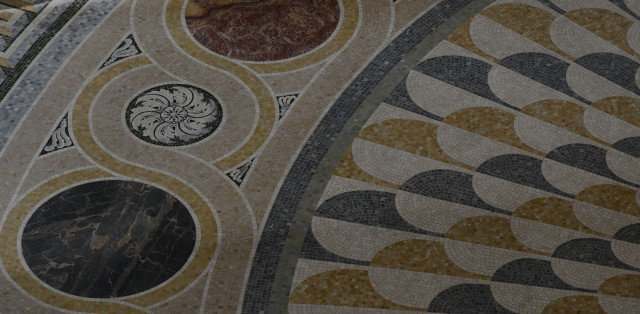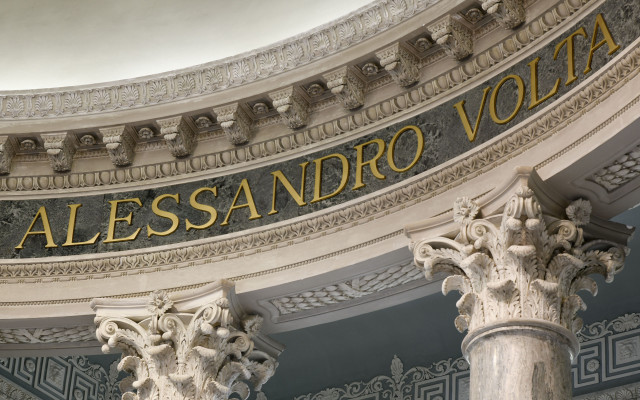Photography by Lorenzo Butti
The entrepreneur Francesco Somaini was the creator, promoter and financier of for the construction of the building, which was donated to the city of Como on the completion of the works. The project was put in the hands of the architect Federico Frigerio and the Tempio Voltiano was inaugurated on 15 July 1928, conceived of as a prestigious venue to house the scientific instruments and inventions of the great physicist Alessandro Volta of Como.
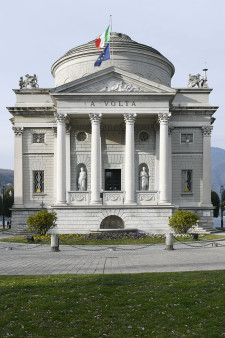
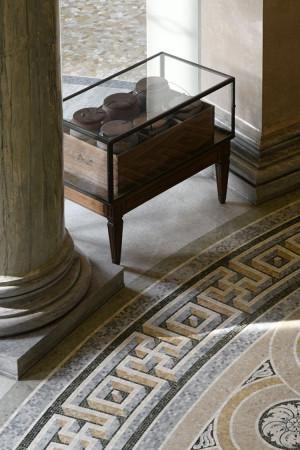
When he died on 5 March 1827, Volta left a precious legacy of studies and instruments of the greatest scientific and historical importance. He is particularly famous for the invention of the electric battery, which represented one of the greatest leaps forward in the history of mankind, but we should also not forget his many studies that paved the way for countless subsequent technical applications that have led to modernity. His studies of gases and of their combustion, for example, led to the invention of the first internal combustion engine and to the making of gas lamps to light up cities. He also invented an instrument that could measure the amount of oxygen levels and hence the healthiness of the air, anticipating problems that still dog us today.
The Tempio Voltiano houses an exhibition of all kinds of devices, machines and instruments that enable visitors to learn about Alessandro Volta's work, as well as details of the story of his life and of the many awards he received. Volta's life and works are however not the only reasons for visiting the Volta Temple. Its solid, typically neoclassical architecture is remarkable in itself, referencing the Pantheon and integrating with its landscape while remaining outstanding and recognisable from the ground, from the lake, from nearby viewpoints and from the Volta lighthouse in Brunate.
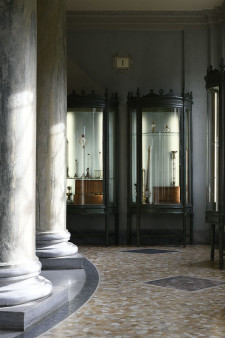
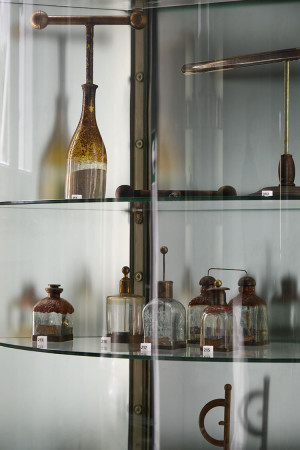
The building materials used were functional to the museum project, with the white limestone, the splendid polychrome marble of the interior floor and the large dome with central light that create a special harmony in this space. The Tempio Voltiano, its collections of instruments and documents, its furnishings and its scene setting together make up a flowing and coherent whole that makes it an example of a "museum within a museum", and as such is a structure of the greatest historical importance.

